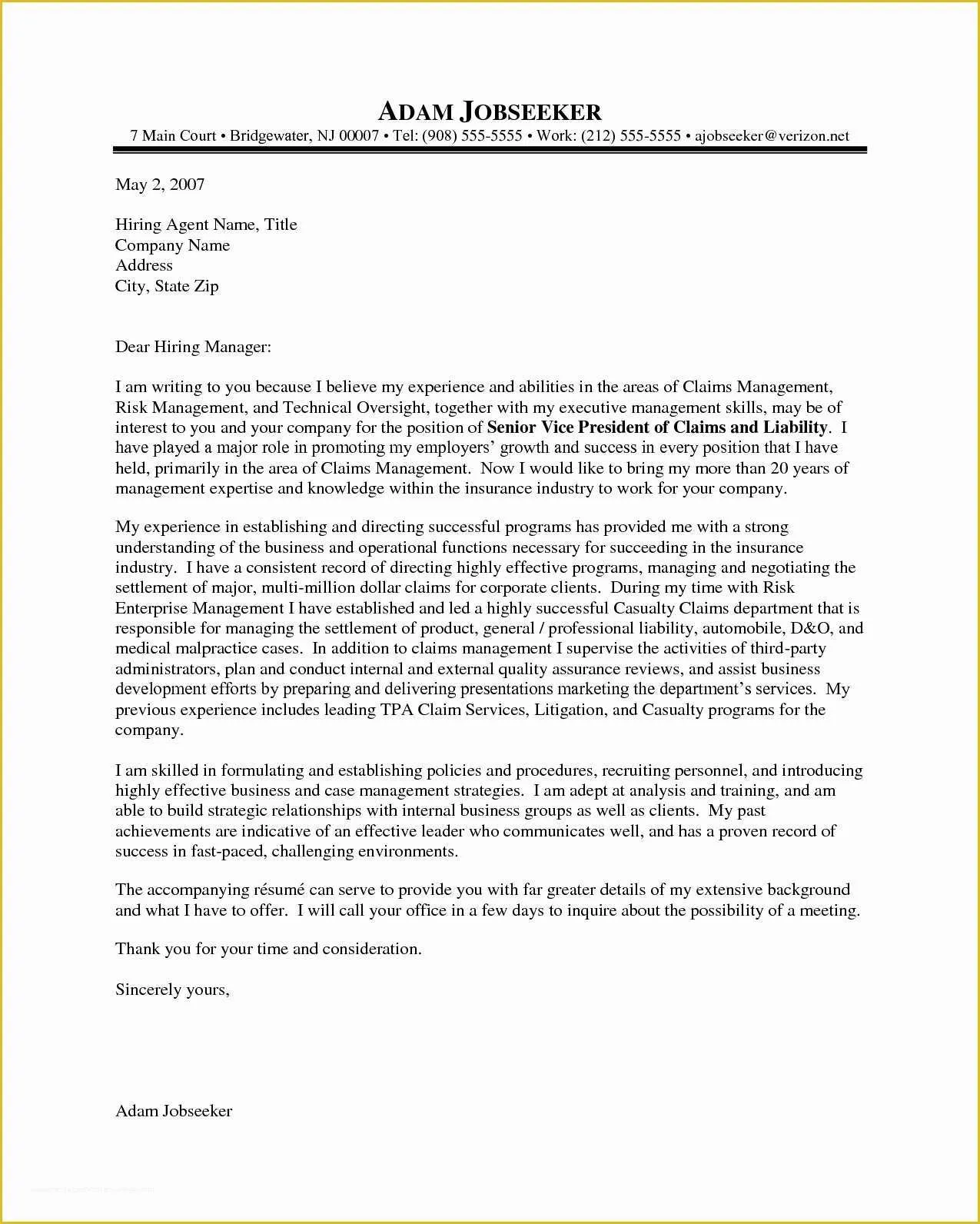What is a Cover Letter?
A cover letter is a crucial document that accompanies your resume when applying for a job. It serves as your introduction to the hiring manager and provides an opportunity to highlight your qualifications, skills, and experiences in a more personalized and detailed manner than your resume allows. Essentially, it’s your chance to make a strong first impression and persuade the employer why you’re the ideal candidate for the position. A well-crafted cover letter can significantly increase your chances of getting an interview, making it an indispensable part of the job application process. Without a compelling cover letter, your resume might get overlooked, even if you possess the necessary skills and experience. A cover letter allows you to express your enthusiasm and enthusiasm and showcase your personality, setting you apart from other applicants.
Why You Need a Cover Letter
Many job seekers underestimate the importance of a cover letter, but it plays a vital role in your job application. Firstly, it provides context to your resume. Your resume is a concise summary of your qualifications; the cover letter expands on these points, providing narrative and demonstrating how your skills align with the job requirements. Secondly, a cover letter allows you to show, not just tell. You can use specific examples to illustrate your accomplishments, demonstrating your value to the potential employer. Thirdly, it shows that you care. Taking the time to write a personalized cover letter demonstrates genuine interest in the position and the company, which can impress the hiring manager. Moreover, cover letters give you a chance to address any gaps in your employment history or explain your career aspirations. This helps to eliminate potential concerns and positions you as a proactive candidate.
Cover Letter Sample Structure
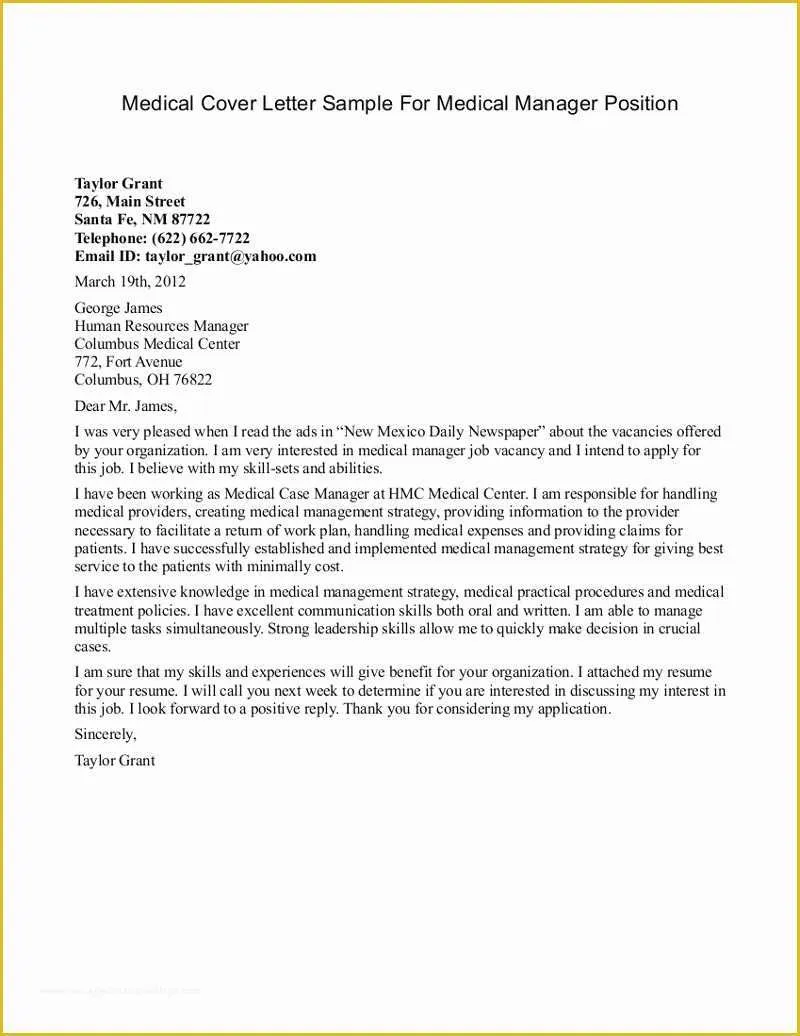
A well-structured cover letter follows a standard format to ensure clarity and professionalism. It typically begins with your contact information, followed by the date and the recipient’s contact information. The greeting is crucial; addressing the hiring manager by name shows that you’ve taken the time to research the company. The opening paragraph should grab the reader’s attention and state the position you are applying for, and how you found it. The body paragraphs elaborate on your skills and experiences, aligning them with the job description and showcasing achievements with tangible results. The closing paragraph should reiterate your interest, include a call to action, and express gratitude for their time and consideration. Proper formatting, including consistent fonts, margins, and spacing, is essential to create a polished appearance. Aim for a length of one page to keep the letter concise and easy to read.
Contact Information
At the top of your cover letter, include your contact information. This should include your full name, address, phone number, and email address. Make sure your email address sounds professional; avoid using nicknames or unprofessional phrasing. If you have a professional online presence, such as a LinkedIn profile or a personal website, include those links as well. This information is essential, as it allows the hiring manager to easily contact you if they are interested in your application. Ensure the contact details are up-to-date and accurate. Using a consistent format throughout your application materials, including your resume, further enhances the professional impression and makes it easy for the hiring manager to reach you.
Greeting the Hiring Manager
The greeting is an essential part of your cover letter. The best approach is to address the hiring manager by name. If possible, find out the name of the person responsible for hiring; this shows you’ve done your research and adds a personal touch. Use a professional greeting, such as “Dear Mr./Ms./Mx. [Last Name].” If you are unsure of the name, you can use “Dear Hiring Manager” or “Dear [Department Name] Team” as alternatives. Avoid generic greetings such as “To Whom It May Concern,” as they can make your letter feel impersonal. Double-check the spelling of the recipient’s name. A personalized greeting shows you are invested in the opportunity and demonstrates attention to detail, making a positive first impression.
Opening Paragraph
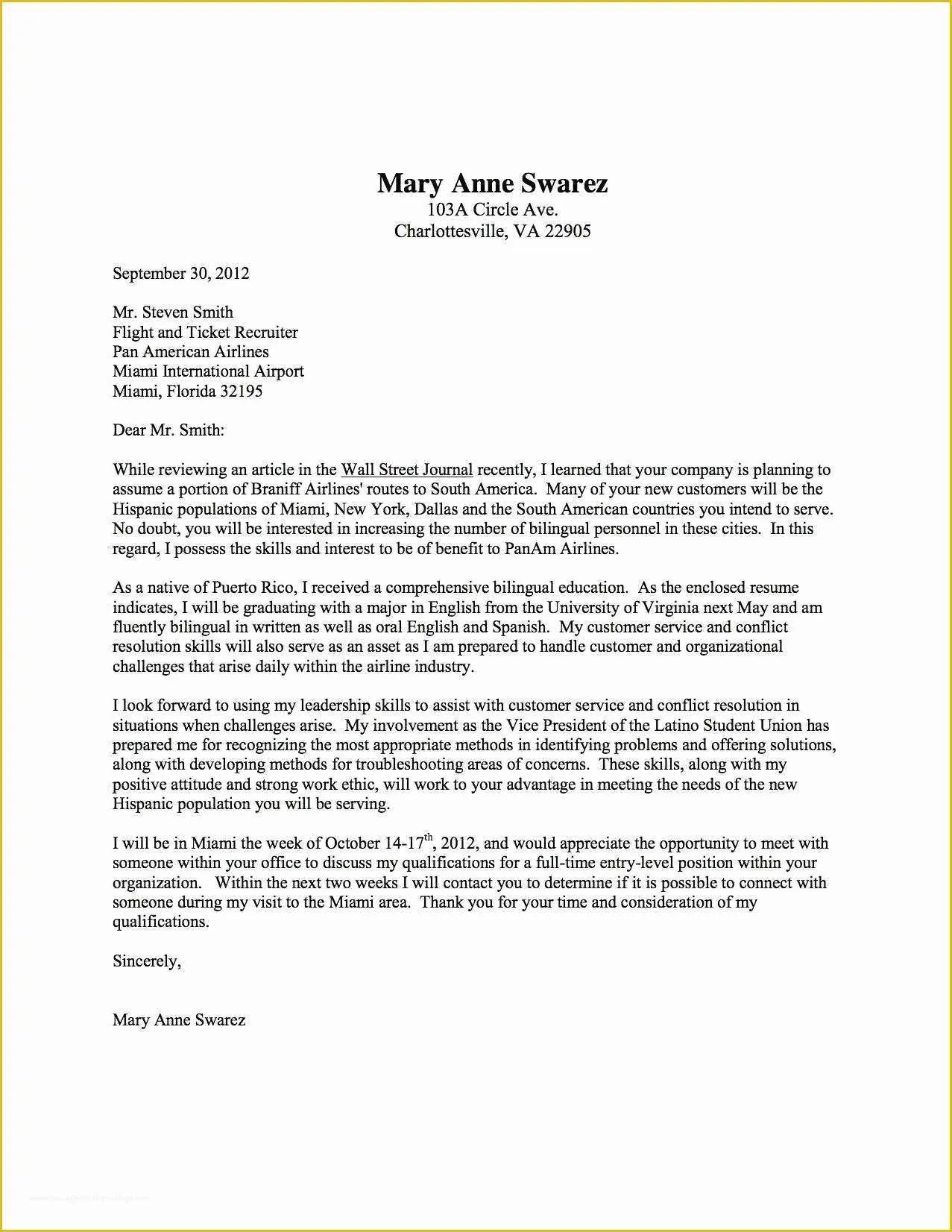
The opening paragraph of your cover letter is your first opportunity to grab the hiring manager’s attention and convince them to read further. Start by clearly stating the position you are applying for and where you found the job posting. Include a brief, compelling statement about why you are interested in the role and the company. Highlight a key skill or accomplishment that immediately demonstrates your suitability for the position. For example, you can mention how your skills align with the job requirements and what you bring to the table. Your goal is to create intrigue, establish your enthusiasm, and provide the reader with a clear understanding of the purpose of your letter. Keep this paragraph concise and focused, setting the stage for the rest of your cover letter.
Body Paragraphs
The body paragraphs are where you provide detailed information about your skills, experiences, and accomplishments. Use the STAR method (Situation, Task, Action, Result) to structure your responses, providing specific examples of how you have used your skills in previous roles. Connect your experiences to the job requirements mentioned in the job description. Focus on the key skills and experiences the employer is looking for and showcase your successes with quantifiable results whenever possible. Tailor each paragraph to the specific requirements of the job. Avoid merely repeating information found in your resume; instead, elaborate on your experiences and demonstrate your value. By focusing on specific achievements and results, you make a compelling case for your candidacy and show the hiring manager how you can contribute to their organization’s success.
Highlighting Relevant Skills
When highlighting your skills, be strategic about what you include in your cover letter. Focus on skills and experiences directly relevant to the job you are applying for, as identified in the job description. Provide examples of how you have used these skills to achieve positive results in past roles. Mention both hard skills (technical skills) and soft skills (interpersonal skills) relevant to the position. For example, if the job requires project management, you might share a project you managed, the challenges you faced, and the positive outcomes. Quantify your accomplishments whenever possible. Consider using keywords from the job description, but make sure the information is genuinely reflected in your experience. By clearly demonstrating your skills, you increase your chances of being seen as a qualified candidate.
Showcasing Achievements

Instead of simply listing your job responsibilities, focus on achievements that demonstrate your value to an employer. Quantify your achievements whenever possible; include metrics and data to illustrate the impact of your work. Use action verbs to describe your accomplishments, showing what you did and how you did it. For example, instead of saying “Managed projects,” say “Managed and delivered five projects on time and under budget, improving team efficiency by 15%.” Showcasing your achievements helps the hiring manager to visualize your potential contributions to the company. Frame your accomplishments in the context of the company’s needs and goals, highlighting how your skills and experience can contribute to their success. By demonstrating how you’ve delivered results in the past, you increase the likelihood of getting an interview.
Closing the Cover Letter
The closing paragraph should reiterate your interest in the position and express gratitude for the hiring manager’s time and consideration. Restate your enthusiasm for the opportunity and briefly summarize why you are a good fit for the role. Make sure to include a call to action, encouraging the hiring manager to contact you for an interview or to review your resume further. End with a professional closing, such as “Sincerely” or “Best regards,” followed by your typed name. Proofread the entire cover letter before submitting, checking for any grammatical errors or typos, ensuring your final impression is polished and professional. A well-written closing paragraph can leave a lasting positive impression.
Call to Action
A strong call to action encourages the hiring manager to take the next step in the hiring process. In your cover letter, a call to action should be clear, concise, and persuasive. It should ask the hiring manager to contact you to schedule an interview or discuss your qualifications further. For example, you can write, “I am eager to discuss how my skills and experience can contribute to [Company Name]’s success. I welcome the opportunity to schedule an interview at your earliest convenience.” Make sure your call to action aligns with the job requirements and your overall message. Be confident in your abilities and clearly state your availability for an interview. A well-crafted call to action can increase your chances of being contacted for an interview and moving forward in the job application process.
Proper Formatting and Length
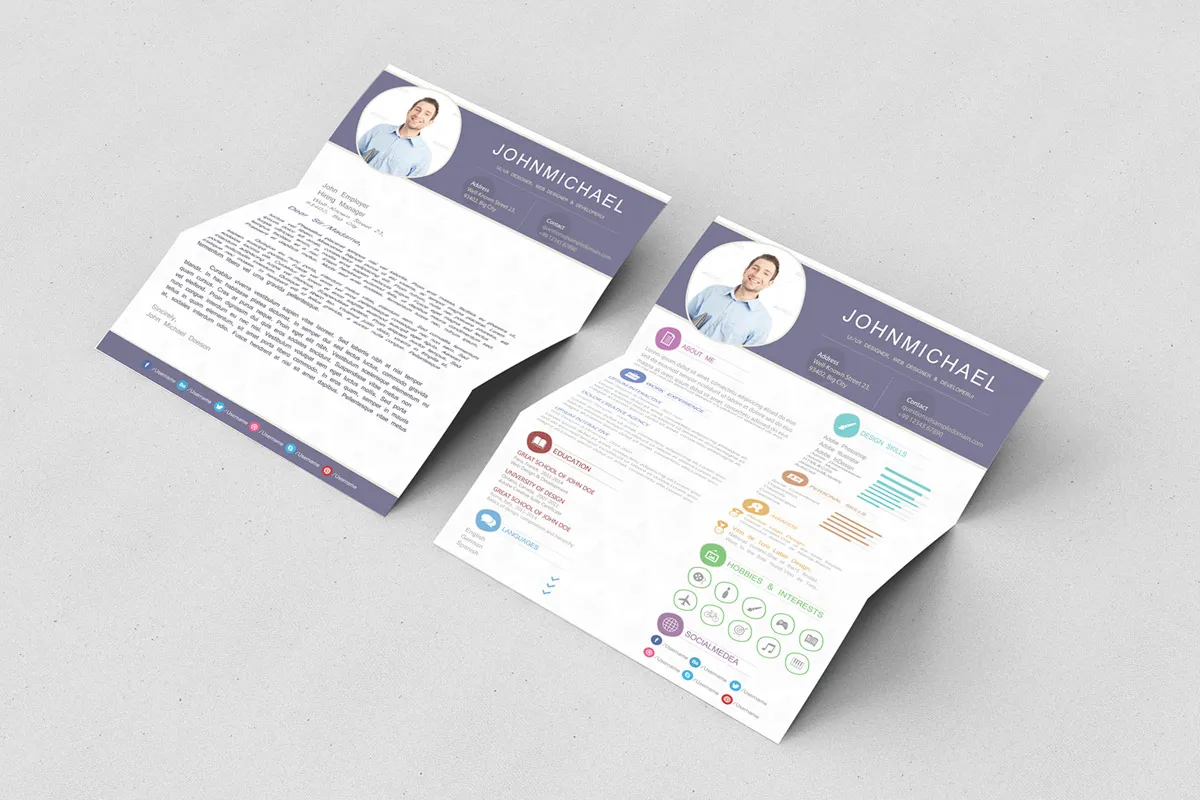
Proper formatting is essential for creating a professional cover letter. Use a clear, easy-to-read font such as Times New Roman, Arial, or Calibri. The font size should be between 10 and 12 points. Set standard margins (1 inch on all sides) and use single or 1.15 line spacing for readability. Keep your cover letter concise, ideally no more than one page long. Use clear headings and paragraphs to break up the text and make it easier to scan. Ensure your letter is free of typos and grammatical errors. Maintain a consistent style throughout the entire letter, including the header, body text, and closing. Properly formatting your cover letter demonstrates your attention to detail, which is crucial in professional communication. A well-formatted cover letter is more likely to make a positive impression.
Proofreading and Editing
Proofreading and editing are critical steps in the cover letter writing process. Before submitting your letter, carefully review it for any typos, grammatical errors, and formatting inconsistencies. Reading your cover letter aloud can help you catch errors that you might miss when reading silently. Ask a friend, family member, or career advisor to review your letter for feedback. They can provide a fresh perspective and catch any errors you may have missed. Ensure the language is clear and concise, and that the tone is appropriate for the job. Check the contact information to ensure it is accurate. Taking the time to proofread and edit your cover letter can significantly increase your chances of making a good impression and getting the job you desire. A polished cover letter indicates professionalism and attention to detail, both of which are highly valued by employers.
Cover Letter Do’s and Don’ts
There are several dos and don’ts to keep in mind when writing a cover letter. Do research the company and tailor your cover letter to the specific job and the company’s needs. Do highlight your skills and accomplishments with quantifiable results. Do use action verbs to make your experiences more compelling. Do proofread your cover letter carefully. Don’t use generic language or templates without customization. Don’t repeat your resume word-for-word. Don’t include irrelevant information or personal details. Don’t exceed one page in length. Don’t make any spelling or grammatical errors. Do make sure the language is clear and concise. Following these guidelines will make your cover letter more effective.
Cover Letter Sample for Different Professions
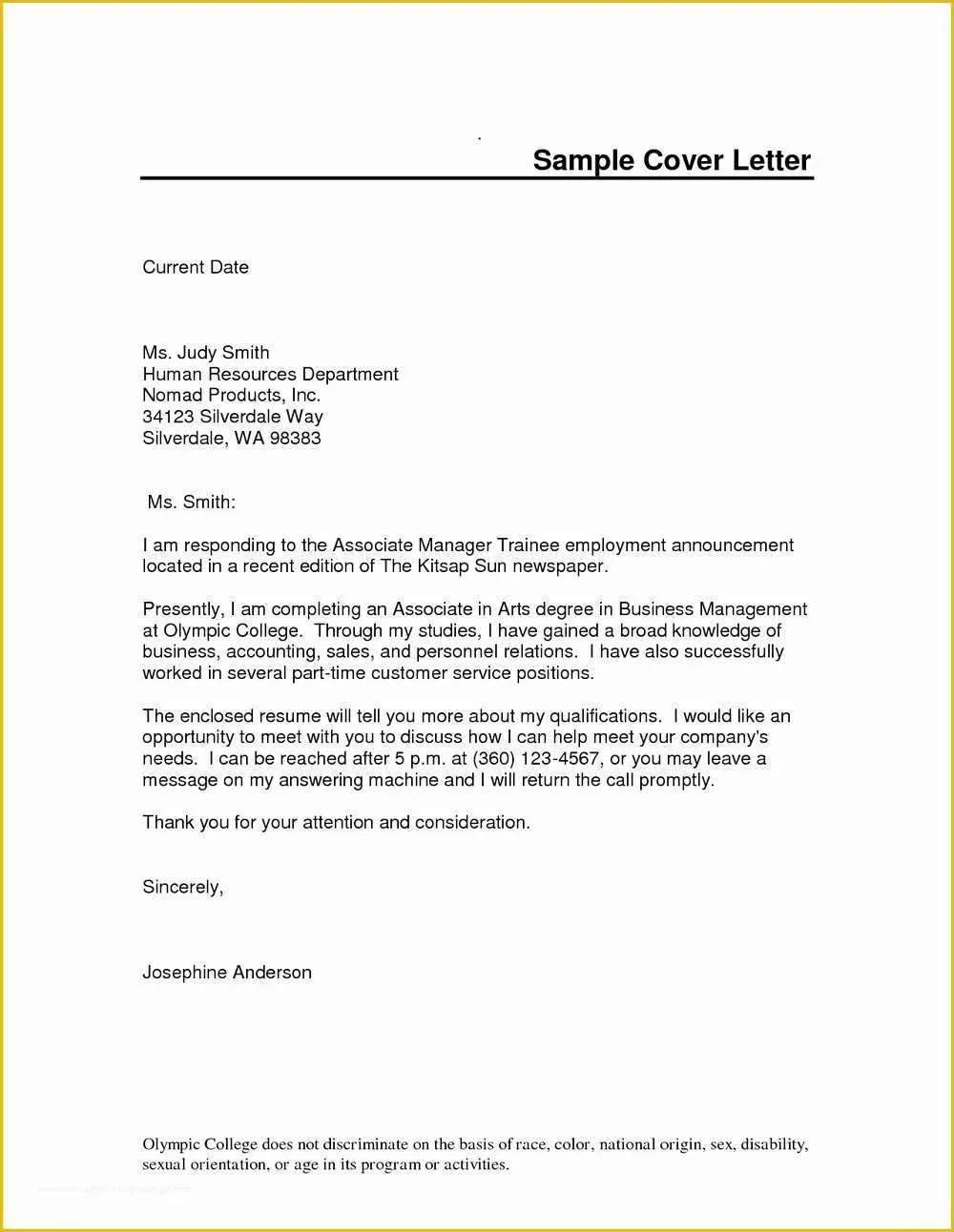
Cover letter samples vary based on the profession. A cover letter for a marketing position will likely emphasize skills such as communication, creativity, and analytical abilities. It might include examples of successful marketing campaigns, customer engagement, or market research. A cover letter for a software developer might focus on technical skills, experience with specific programming languages, and examples of software projects they’ve worked on. A cover letter for a teacher might highlight their experience with classroom management, curriculum development, and student assessment. Regardless of the profession, the cover letter should be tailored to the specific requirements of the job and the industry standards. Look for cover letter samples specific to your field. Tailoring your letter demonstrates your understanding of the industry and commitment to the role.
Cover Letter for Entry-Level Positions
For entry-level positions, the focus of the cover letter should be on education, internships, and any relevant projects or volunteer work. Highlight any transferable skills, such as communication, teamwork, problem-solving, and time management. If you have limited work experience, emphasize any relevant coursework or extracurricular activities that demonstrate your skills and interests. Be sure to express your enthusiasm for the position and the opportunity to learn and grow within the company. Your goal is to convince the hiring manager that you possess the potential to succeed in the role. Tailor your cover letter to align with the job requirements, demonstrating your eagerness to begin a professional career. Also, include a brief description of why you’re interested in the role.
Cover Letter for Experienced Professionals
Experienced professionals should use their cover letter to showcase their achievements and leadership skills. Focus on quantifiable results and metrics that demonstrate your impact in previous roles. Highlight how your skills and experience align with the job requirements. Use the STAR method to provide detailed examples of your successes. Tailor your cover letter to emphasize the specific responsibilities of the role you are applying for. Mention any promotions, awards, or other recognition received during your career. The goal is to convince the hiring manager that you have the experience, skills, and expertise to excel in the position. Demonstrate your value by illustrating tangible results. Tailor your cover letter to the role, and include examples.
Cover Letter for Specific Industries
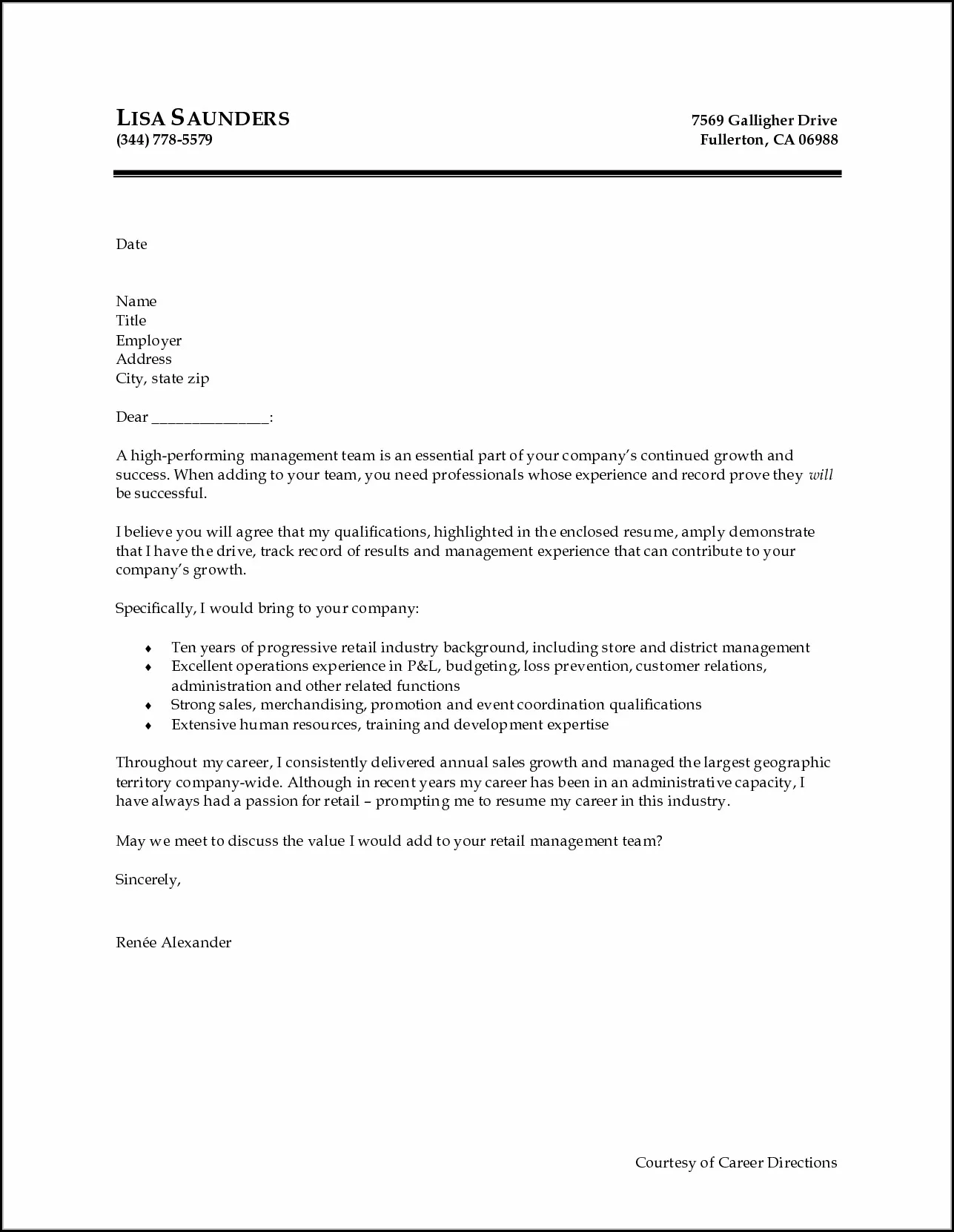
Cover letters should be tailored to the specific industry. If you are applying in a creative field, such as graphic design or advertising, include a portfolio or samples of your work. Focus on your creativity and ability to deliver high-quality, innovative projects. If you are applying in a technical field, focus on your technical skills and experience. Highlight your experience with specific technologies and the projects you have completed. In the healthcare industry, focus on your experience with patient care, your understanding of medical terminology, and your empathy. For those in finance, focus on financial analysis, financial reporting and compliance. Tailor your cover letter to match the requirements and language of the industry.
Tailoring Your Cover Letter
Tailoring your cover letter to each job application is essential for demonstrating your interest and suitability for the position. Carefully review the job description and identify the key skills, experiences, and qualifications that the employer is seeking. Use these keywords and phrases in your cover letter, highlighting how your skills and experience align with the job requirements. Research the company and its values. Use the company’s language and culture in your cover letter. Customize each cover letter to address the specific needs of the role and organization. Taking the time to tailor your cover letter will make your application stand out and demonstrate your dedication and attention to detail.
Keywords
Using keywords from the job description is a critical aspect of tailoring your cover letter. Identify the most important keywords and phrases in the job description and use them naturally throughout your cover letter. This helps the hiring manager or applicant tracking systems (ATS) to recognize your application as a good match for the role. However, don’t stuff keywords into your cover letter at the expense of clarity and readability. Use keywords strategically and naturally. Also, include the skills and experiences mentioned in the job posting, highlighting that you have done those tasks. Also, by including relevant keywords, you ensure your cover letter is seen by the right people.
Researching the Company
Before writing your cover letter, take the time to research the company. Visit the company website, review their social media profiles, and read industry news and articles about the organization. This research will help you to understand the company’s mission, values, culture, and current projects. Use the information to tailor your cover letter, demonstrating your interest in the company. Address the hiring manager by name. Showing that you understand the company’s goals and what they are trying to achieve. In your cover letter, explain why you are interested in the company and how your skills and experience can contribute to their success. By demonstrating your interest and knowledge of the organization, you make a positive impression.
Adding a Personal Touch
While it’s important to be professional, adding a personal touch can help your cover letter stand out. This can involve sharing a brief anecdote or story that highlights your personality and enthusiasm for the position. Make sure the story is relevant to the job and the company. You can mention your understanding of the job. Show your personality while remaining professional and focused on the job. This personal touch demonstrates your genuine interest in the opportunity and helps the hiring manager remember you. Tailor your letter to the specific job.
Submitting Your Cover Letter
Pay careful attention to how you submit your cover letter. Follow the instructions provided in the job posting or application guidelines. Usually, you will either upload your cover letter as a separate document, such as a PDF or a Word file. If you’re submitting via email, include your cover letter in the body of the email. Always proofread your cover letter before submitting it. Make sure the file name is professional and includes your name and the job title. Submitting your cover letter correctly demonstrates your attention to detail and professionalism, increasing your chances of making a positive impression and getting an interview. Also, be sure to send the cover letter in the appropriate format to ensure it can be easily read by the recipient. Also be sure to tailor each cover letter to match the job posting.
File Format
Choose the appropriate file format for your cover letter. The best practice is to save your cover letter as a PDF file. PDFs preserve the formatting of your document and make it viewable on any device. Unless the job application specifically asks for a Word document, avoid submitting in a Word file. Use a professional file name, such as “Your Name_CoverLetter_JobTitle.” When submitting your cover letter as an email attachment, make sure the file size is appropriate. Also, a PDF file is less likely to be altered or affected by different software versions.
How to Send an Email Cover Letter
When sending your cover letter via email, there are a few key considerations. Include a clear and concise subject line that includes the job title and your name. The body of your email should serve as a brief introduction, highlighting your interest in the position. It is possible to copy and paste your cover letter in the email body. You also can attach the cover letter as a PDF. Make sure your email signature is professional and includes your contact information. Always proofread your email and attachments before sending it. Test that the attachments open correctly. You can also provide the hiring manager with links to your portfolio or website. A well-crafted email can make a strong first impression, setting the tone for your application.
What to Avoid in Your Cover Letter
There are several things to avoid when writing a cover letter. Avoid generic or vague statements. Do not include anything irrelevant. Do not write too much about yourself. Do not include negative information. Don’t use slang, or unprofessional language. Avoid repeating your resume word-for-word. Do not use long, complex sentences. Also avoid excessive use of jargon. These guidelines will help you focus on your achievements.
Common Mistakes
Avoid common cover letter mistakes to make your application more effective. Proofreading errors can diminish your credibility. Do not use a one-size-fits-all cover letter; tailor each letter to the specific job and company. Avoid focusing solely on your needs and desires. Instead, focus on how you can benefit the employer. Ensure your cover letter is easy to read and well-formatted, and avoid exceeding one page in length. Do not be overly verbose or long-winded. Avoid mentioning salary expectations, unless explicitly requested. Overlooking these common mistakes can make your cover letter more impactful.
Using Templates Effectively
Cover letter templates can save time, but it’s essential to use them effectively. Never submit a template as is. Customize the template to reflect your skills, experience, and the job requirements. Replace generic phrases with specific examples and tailor the language to match the company’s culture and the job description. Ensure the formatting is consistent and professional. Proofread the document for any errors, paying close attention to detail. By personalizing the template, you can create a cover letter that stands out from the competition. A well-customized cover letter is more effective than a generic one. Customizing the template ensures that you are tailoring it to the role.
